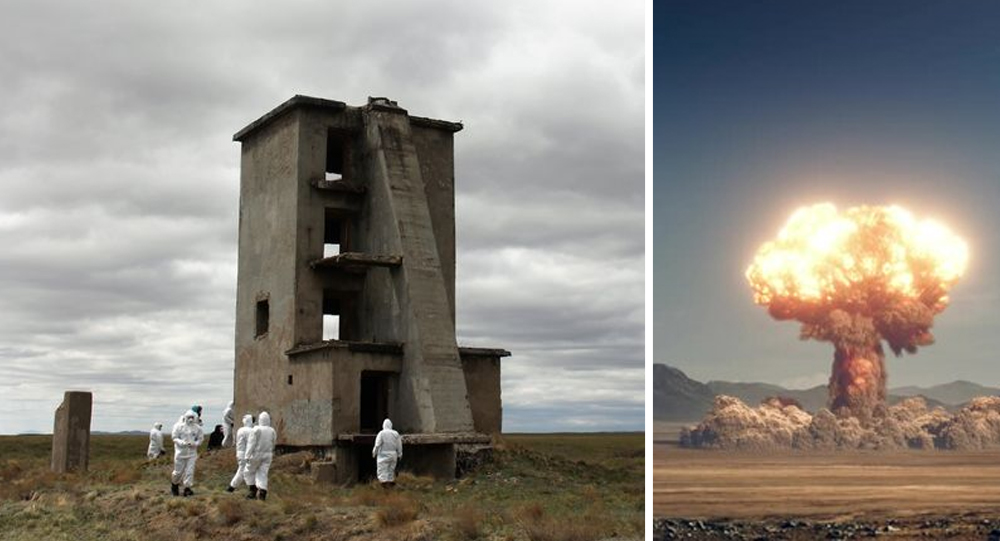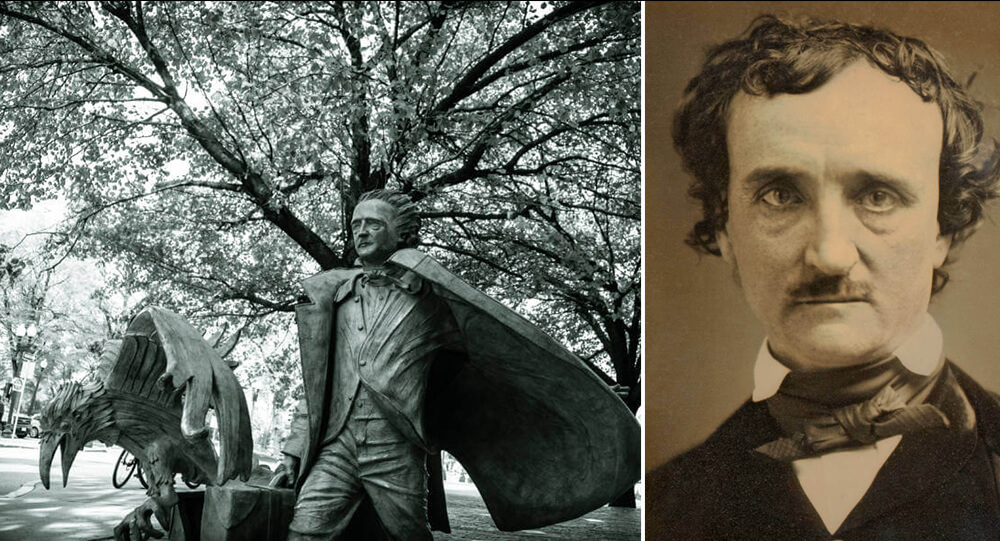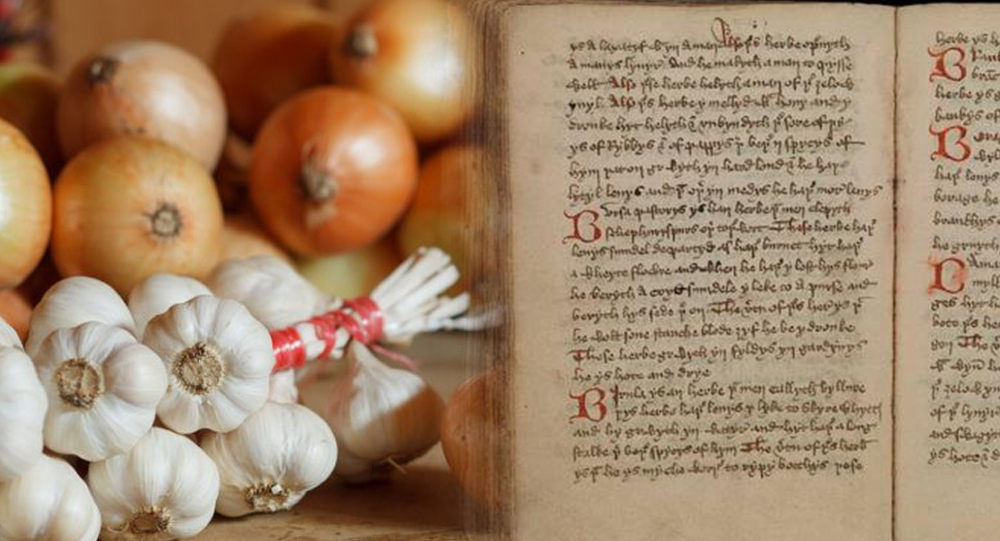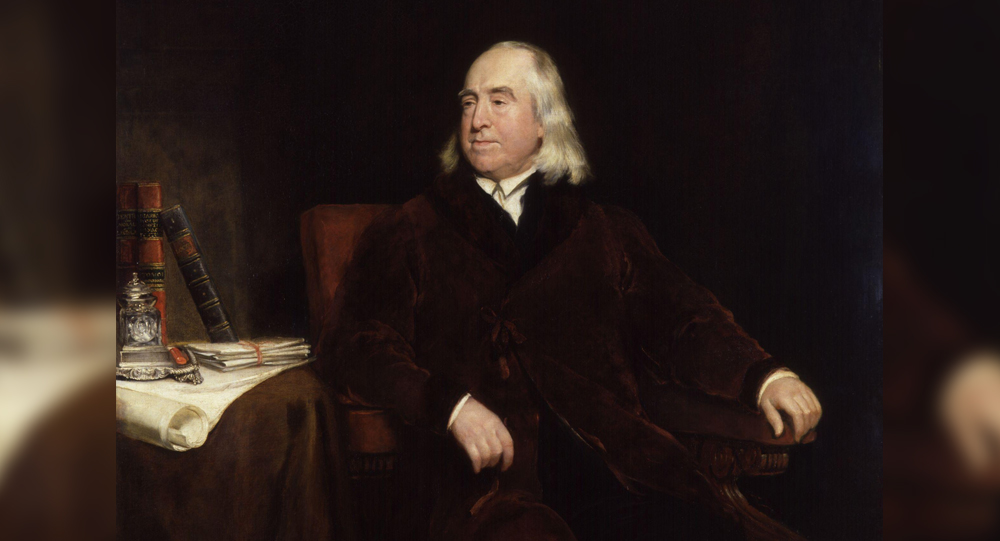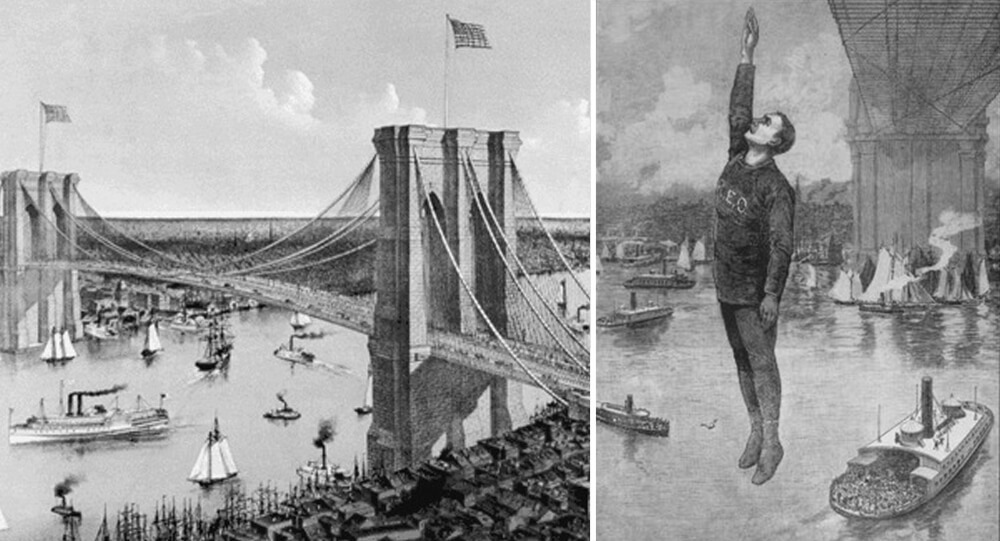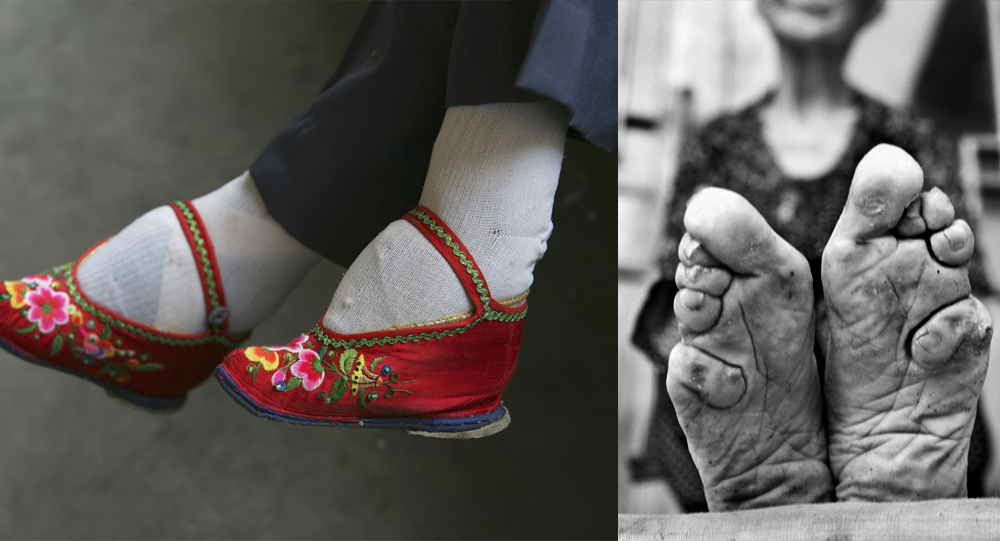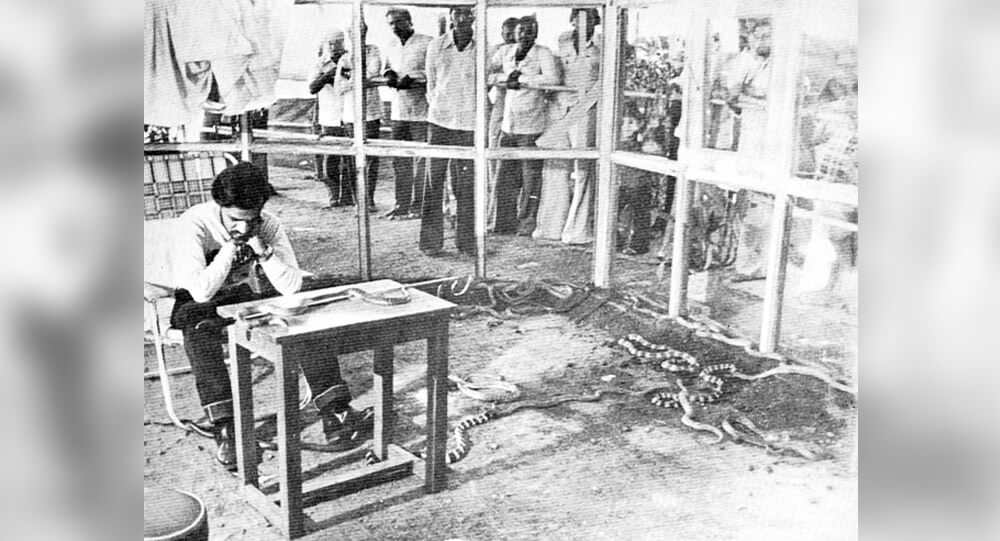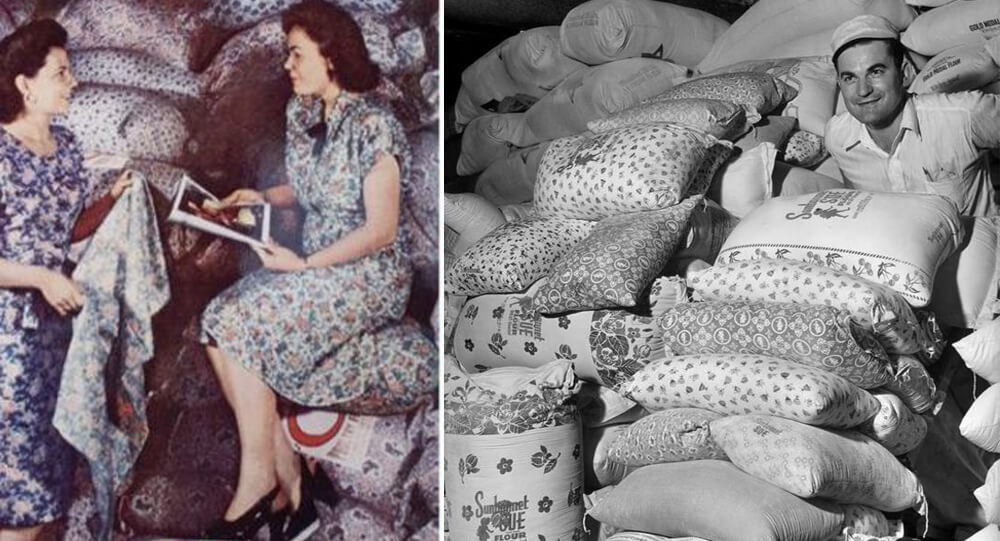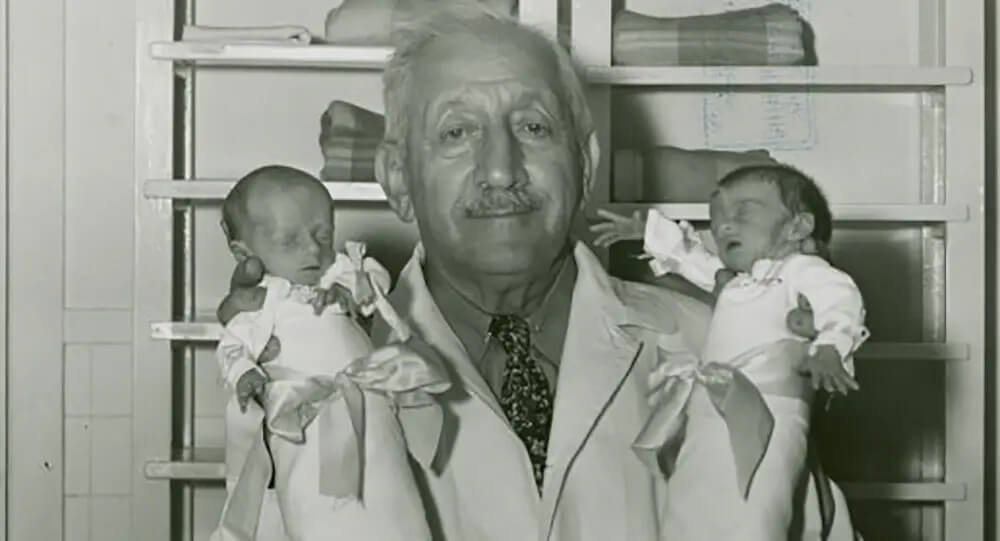

Icelandic women went on strike forty years ago, refusing to work, cook, or watch the kids for a day. A turning point in the nation’s perception of women, it propelled Iceland to the forefront of the fight for equality.
One young boy in Iceland was horrified when Ronald Reagan was elected US President. When he saw the news on television, he exclaimed to his mother, “He can’t be president – he’s a man!”
Vigdis Finnbogadottir, a divorced single mother, had been elected president of Iceland the previous summer. It was November 1980. The boy was unaware that Vigdis, who goes by her first name in Iceland, was the first democratically elected female president in Europe and the entire world.
Since Vigdis held the presidency for 16 years, years that helped Iceland establish itself as “the world’s most feminist country,” it’s possible that many more Icelandic children came to believe that being president was a woman’s role.
But Vigdis maintains that if not for the events of one bright day, the 24th of October 1975, when 90% of the nation’s women decided to strike in protest of their importance, she would never have become president.
They took to the streets in their thousands to protest for equal rights with men rather than going to work, doing chores around the house, or caring for children.
Vigdis considers it to be a turning point in history. In Iceland, it is known as the Women’s Day Off.
“What happened that day was the first step for women’s emancipation in Iceland,” she claims. The nation was completely paralyzed, and many men had their eyes opened.
Many fathers were forced to take their children to work because banks, factories, some shops, schools, and nurseries had to close. There have been stories of men stocking their desks with candy and crayons to occupy the throngs of overexcited kids. Because they are simple to prepare and beloved by kids, sausages were in such high demand that stores ran out.
For some fathers, it served as a baptism by fire, which may help to explain why the day has also been referred to as the Long Friday.
“We heard children playing in the background while the newsreaders read the news on the radio, it was a great thing to listen to, knowing that the men had to take care of everything,” recalls Vigdis.

The phone was frequently answered by husbands who had stayed at home to care for the children as radio presenters called homes in rural areas of the country to determine how many rural women were taking the day off.
A framed black-and-white photo of the largest rally, which was held in Reykjavik’s Downtown Square and was one of more than 20 that were held across the nation, is on Vigdis’ lap as we speak in her home.
Amidst the 25,000 women who gathered to sing, hear speeches, and discuss what could be done is Vigdis, her mother, and her three-year-old daughter. A lot of people showed up for an island with only 220,000 residents.
She was the artistic director of the Reykjavik Theatre Company at the time, and she and her female coworkers skipped dress rehearsals to join the protest.
The women who were gathered on the square in the bright sunshine felt a strong sense of unity and solidarity, according to Vigdis. The theme song from the BBC television show Shoulder to Shoulder, which was about the Suffragette movement and had previously aired in Iceland that year, was played by a brass band.

Iceland was the third country after New Zealand and Finland to grant women the right to vote, in 1915. But only nine women were elected to parliament over the following 60 years. The fact that there were only three female MPs in office in 1975, or 5% of the parliament, as opposed to between 16% and 23% in the other Nordic nations, was a major source of resentment.
The Red Stockings, a radical women’s movement founded in 1970, were the ones who first proposed the idea of a strike, but some Icelandic women found it to be too confrontational.
“The Red Stockings movement had already caused quite a stir for their attack against traditional views of women – especially among older generations of women whom had tried to master the art of being a perfect housewife and homemaker,” says Ragnheidur Kristjansdottir, senior lecturer in history at the University of Iceland.
However, after being renamed “Women’s Day Off,” the strike received almost complete support, including strong backing from the unions.
According to Ragnheidur, “the event’s schedule itself reflected the emphasis that had been placed on bringing together women from all social and political backgrounds.”
Women’s suffrage around the world
Iceland was not the first country to give women the right to vote, but it was well ahead of the curve.

A housewife, two MPs, a representative of the women’s movement, and a woman worker were among the speakers at the Reykjavik rally.
Adalheidur Bjarnfredsdottir, head of the union for women cleaning and working in hospitals and schools’ kitchens and laundries, made the closing remarks.
Despite not being accustomed to public speaking, Audur Styrkarsdottir, director of Iceland’s Women’s History Archives, claims that she made her name with this speech because it was so powerful and motivating. Later on, “she went on to become a member of parliament.”
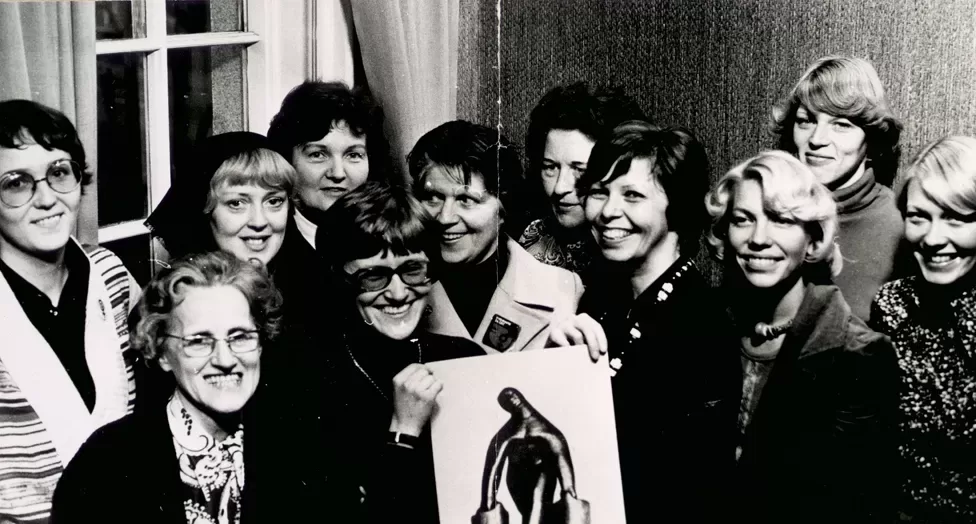
The event’s organizers were successful in getting national newspapers, radio stations, and television stations to run stories about sex discrimination and low pay for women in the months prior to the event. Additionally, the story garnered interest internationally.
But what were the men’s thoughts on it?
According to Vigdis, “I believe at first they thought it was something humorous, but I can’t remember any of them being angry.” Men realized they would have lost support if they opposed it or refused to give women time off.
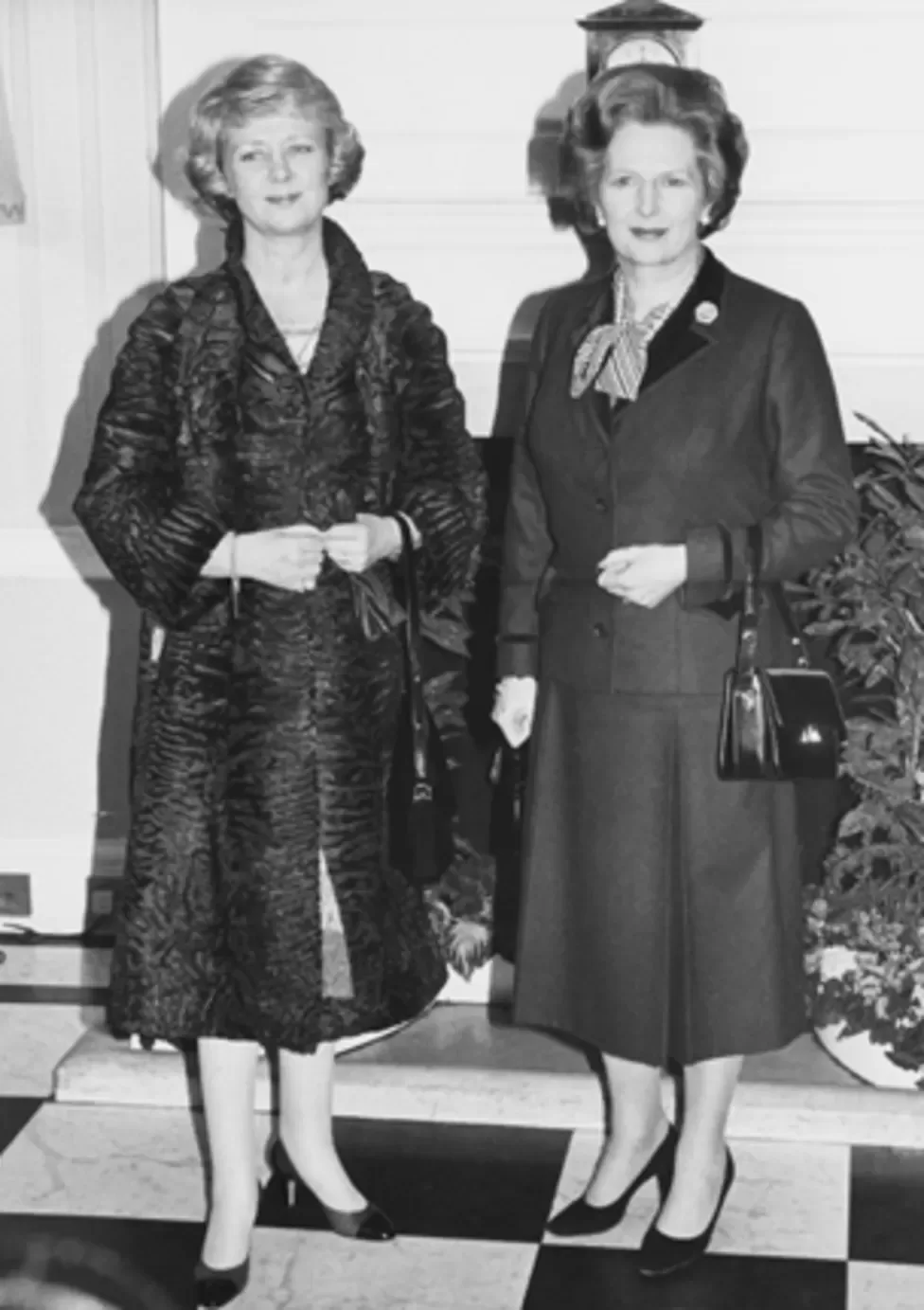
A few reports of men acting differently from how Vigdis describes them exist. One of the main speakers’ husbands was reportedly confronted by a coworker who said, “Why do you let your woman howl like that in public places? I would never let my woman do such things.” The husband reportedly responded, “She is not the sort of woman who would ever marry a man like you.”
Even though Styrmir Gunnarsson was the co-chief editor of the conservative newspaper Morgunbladid at the time, he had no issues with the notion. He claims, “I don’t believe I’ve ever supported a strike, but I didn’t see this action as a strike.” It was a successful event that demanded equal rights.
That day, no women were employed by the paper. He recalls that none of them were required to take the day off work or forfeit their pay, and they all came back at the stroke of midnight to assist in finishing the newspaper. Though it was only 16 pages long instead of the usual 24.
At the time, “probably the majority of people undervalued this day’s impact; later, both men and women began to realize that it was a watershed,” the author claims.
He also notes that strong women have always existed in Iceland, as evidenced by the (fantasy) Icelandic Sagas.
Life in Iceland was challenging for centuries, according to Styrmir. “Our past is in our blood,” he says. Those who made it through had to be tough.
Although at least one member of the Red Stockings saw the Women’s Day Off as a missed opportunity—a nice party that didn’t really change anything—it is widely acknowledged in Iceland as a pivotal event.

Vigdis is opposed. The following day, “things returned to normal, but with the knowledge that women are as much the pillars of society as men are,” she claims. “So many businesses and institutions were forced to shut down, which demonstrated the power and necessity of women and completely altered the way that people thought.”
Vigdis won the presidency five years later over three other men. She gained so much popularity that she won two of the three subsequent elections without a challenger.
Then came additional landmarks. In the 1983 parliamentary election, all-female shortlists were present, and the Women’s Alliance gained its first legislative seats at the same time. Paid paternity leave was made available to men in 2000, and Johanna Sigurdardottir, the first openly gay head of government in the world, became the nation’s first female prime minister in 2010. During that same year, strip clubs were outlawed.
Iceland still has a ways to go, according to Saadia Zahidi, head of Gender Initiatives at the World Economic Forum (WEF).
Although there are more women than men enrolled in college, there is still a gender gap in the workforce, according to her.
Although there are more women than men enrolled in college, there is still a gender gap in the workforce, according to her.
“Women and men are almost equally represented in the labor force; in fact, women predominate in all skilled roles; however, they hold about 40% of leadership positions, and they receive lower pay than men for comparable roles.”
Nevertheless, Iceland has led the Global Gender Gap Index since 2009, according to the WEF. And if only three out of 63 members of parliament were women at the time of the Women’s Day Off, that number has increased to 28, or 44%.
The phrase “The steps so quickly fill up with snow” refers to a tendency in Iceland to relegate things to the past, according to Vigdis. But we continue to discuss that day because it was so wonderful.
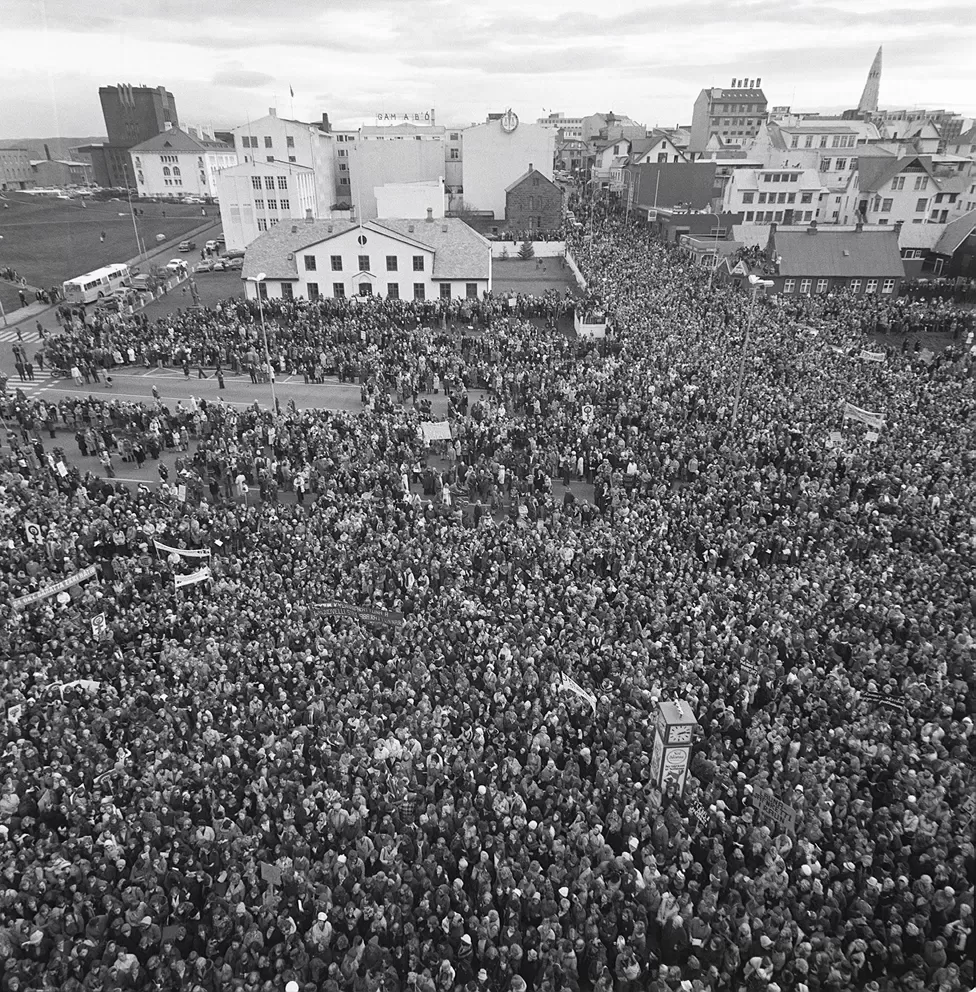

Sylvan Goldman: The Visionary Who Revolutionized Shopping with the Cart
The inventor of shopping carts, Sylvan Goldman, had to hire several male and female models to push carts around in his store, demonstrate their utility, and explain their use to other customers, due to not catching on initially.

New London School Explosion, Deadliest school disaster which killed almost 300 children and teachers
In 1937, a gas leak in the basement at the local school in New London, Texas caused a massive explosion which killed almost 300 children and teachers, the deadliest school disaster in US history. Adolf Hitler even sent his condolences by telegram.

Why the Word ‘Pen’ Comes from the Latin ‘Penna’ Meaning Feather
The humble word “pen” carries a rich history rooted in ancient times, derived from the Latin word penna, meaning “feather.” Long before modern pens revolutionized writing, feather quills—especially from geese—were the essential tools of scribes, scholars, and artists. This article journeys through the origins of the pen, its evolution, and fascinating trivia about the timeless connection between feathers and writing.

The Forgotten Story of Semipalatinsk and the Soviet Nuclear Experiments
Between 1949 and 1989, the Semipalatinsk Test Site in Kazakhstan became the primary location for Soviet nuclear weapons tests, exposing millions of unsuspecting villagers to radioactive fallout. Known as the “Polygon of Suffering,” this remote desert witnessed 456 nuclear detonations that caused widespread health crises, birth defects, and generational genetic damage. This article narrates the chilling legacy of Semipalatinsk, unveiling the human cost of Cold War arms development and the ongoing struggle for healing and recognition in Kazakhstan.

The worst blizzard in recorded history: the 1972 Iran blizzard
The deadliest snowstorm ever recorded occurred in Iran in 1972. It lasted for a week, burying areas in 26 feet of snow and killing over 4,000 people, including the entire populations of three villages.

What is the story behind Wrigley chewing gum?
Wrigley's was originally a soap company that gifted baking powder with their soap. The baking powder became more popular than the soap so they switched to selling baking powder with chewing gum as a gift. The gum became more popular than the baking powder so the company switched to selling gum.

How Dmitri Mendeleev Developed the periodic table of the elements
1850 Dmitri Mendeleev walked almost a thousand miles to Moscow so he could apply for the University of Moscow. Although he was not accepted, he walked to St. Petersburg where he was accepted, And with that education, he developed the the periodic table of the elements

Inside The Mysterious Death Of The Famed Gothic Writer Edgar Allan Poe
Hours before his death Edgar Allen Poe was found on the streets of Baltimore. He was incoherent, wearing another man’s clothes, and unable to explain how he got there. The cause of his death is an unsolved mystery.

Blanche Monnier: Imprisoned For 25 Years For Falling in Love
Blanche Monnier, she was a French woman noted for her beauty, she wished to marry an old lawyer that her mother disapproved of, so she locked her in a small dark room in her attic for 25 years.

Philippines, the largest supplier of Nurses in the World
Philippines is the world’s largest supplier of nurses, supplying roughly 25% of all overseas nurses worldwide.

Medieval Medicine: A 1,000-year-old onion and garlic salve kills modern bacterial superbugs
Scientists recreated an Anglo-Saxon manuscript-based 9th century onion and garlic eye remedy and discovered that it killed 90% of antibiotic-resistant staph bacteria (MRSA).

How 18th Century Women’s Rights Movements Shaped Modern Equality
The 18th century marked a turning point in the quest for women’s rights, as passionate voices challenged centuries of gender inequality and laid the groundwork for modern feminism. From pioneers like Mary Wollstonecraft to revolutionary declarations and early advocacy, this era sparked debates on education, political participation, and social justice that continue to resonate today. Journey through the origins of women’s rights movements and discover how their bold ideas shaped the fight for equality.

The true story of Annie Oakley, legendary sharpshooter
Anne Oakley was such a good shooter that she could split a playing card help edge-on, hit dimes thrown into the air, shoot cigarette from her husband's lips, and pierce a playing card thrown into the air before it hit the ground.

History of Treadmill, punishment for prisoners
Treadmills were originally a punishment used to harness human power on a giant wheel used to grind grains, hence the name "treadmill." The History of Treadmill

Juliane Koepcke: The Teenager Who Fell 10,000 Feet And Trekked The Jungle to survive
In 1971, a high school student was sucked out of an airplane after it was struck by lightning. She fell 10,000 feet to the ground while still strapped to her chair and survived. Only to endure a 9-day trek to the nearest civilization.

Max Headroom Incident: America’s Creepiest TV Hack
In 1987 a man hijacked a television station during an episode of Dr. Who and wore a Max Headroom mask and uttered nonsense, and he still hasn’t been caught

Robert Odlum, the first person to jump off the Brooklyn Bridge
The first person to jump off the Brooklyn Bridge was a professional high diver who "wanted to demonstrate that people did not die simply by falling through the air, thus encouraging people to be willing to jump from a burning building into a net." He proved himself correct by safely falling 135 feet through the air and dying only when he hit the water.

D.B. Cooper: Man who hijacked a plane and jumped out with a $200,000
On November 22, 1971, DB Cooper hijacked a Boeing 727, drank a whisky, smoked a fag, and then jumped out of the plane with $200,000. He was never again seen.

The Horrific story of Ariel Castro and the Cleveland abduction
Cleveland abduction victims Gina DeJesus, Michelle Knight, and Amanda Berry were forced to live in Ariel Castro's house of horrors for 10 years. He raped and beat them until they escaped in 2013.

Inside China’s Footbinding Tradition: The Painful Ritual of Lotus Shoes and Bound Feet
In China, Lotus shoes were used to bind women's feet to keep their feet small

The story of a man who spent 72 hours with 72 venomous snakes to prove they only bite when provoked
In the 1980s, an Indian man spent 72 hours in a glass cabin with 72 snakes, some of which were extremely venomous. His aim was to prove that snakes only attack when provoked. Remarkably, he was not bitten once in those 72 hours and even set a Guinness World Record in the process.

Graves holding hands over wall, A Catholic woman and her Protestant husband grave
A protestant man and a Catholic woman who weren't allowed from being buried together in a graveyard in 19th-century Holland turned their graves into a monument showing them holding hands across the wall separating them.

The history of Flour sack clothing fashion
After Kansas mill owners found women reused flour sack materials into apparel in the 1920s and 1930s, they started applying patterned designs to give families with more fashionable patterns and material.

The youngest person executed, George Stinney Jr was proven innocent
In 1944, George Stinney Jr. was 14 years old when he was executed in South Carolina. It took only ten minutes to convict him — and 70 years to exonerate him.

Martin Couney, Saved Thousands of Premature Babies Wasn’t a Doctor at All
Martin Couney never qualified as a medical doctor. However, in the 1900s, he saved thousands of premature babies by exhibiting them in incubators at his Coney Island sideshow. Over the course of his career, he is said to have saved about 6,500 babies that had previously been written off by mainstream medicine.




